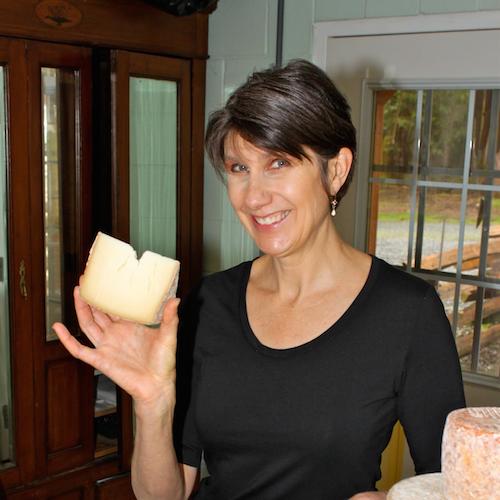
What are the general differences between cow’s, goat’s, and sheep’s milk?
The most obvious difference is color. When cows graze on pasture, their milk assumes a golden-yellow hue from beta-carotene in the grass. When goats and sheep consume the same plants, however, their bodies convert almost all of the pigment to Vitamin A—just as our bodies do when we eat carrots and other foods high in beta-carotene—rendering their milk white. The second most conspicuous disparity is that fat in cow’s milk readily rises to the top, forming a thick, rich layer often called a creamline or cream top. Goat’s and sheep’s milk have smaller fat globules and lack a particular protein—immunoglobulin M—that causes fat in cow’s milk to clump together. Sensory differences exist as well: Goat’s milk should never taste “goaty” or gamy, but it does have a distinct aroma and flavor profile thanks to fatty acids released during milk collection and will exhibit varied nuances through certain cheesemaking techniques. All of these milks are full of personality and character—much like the animals they come from.





First thing I noticed when we began to raise dairy goats – how incredibly white (and delicious) their milk is!
Great article! West Marin gal, cows, sheep and goats oh yeah! (a few miles north of the golden gate bridge)!
We’re so glad you loved the piece, Annie! Thanks much!